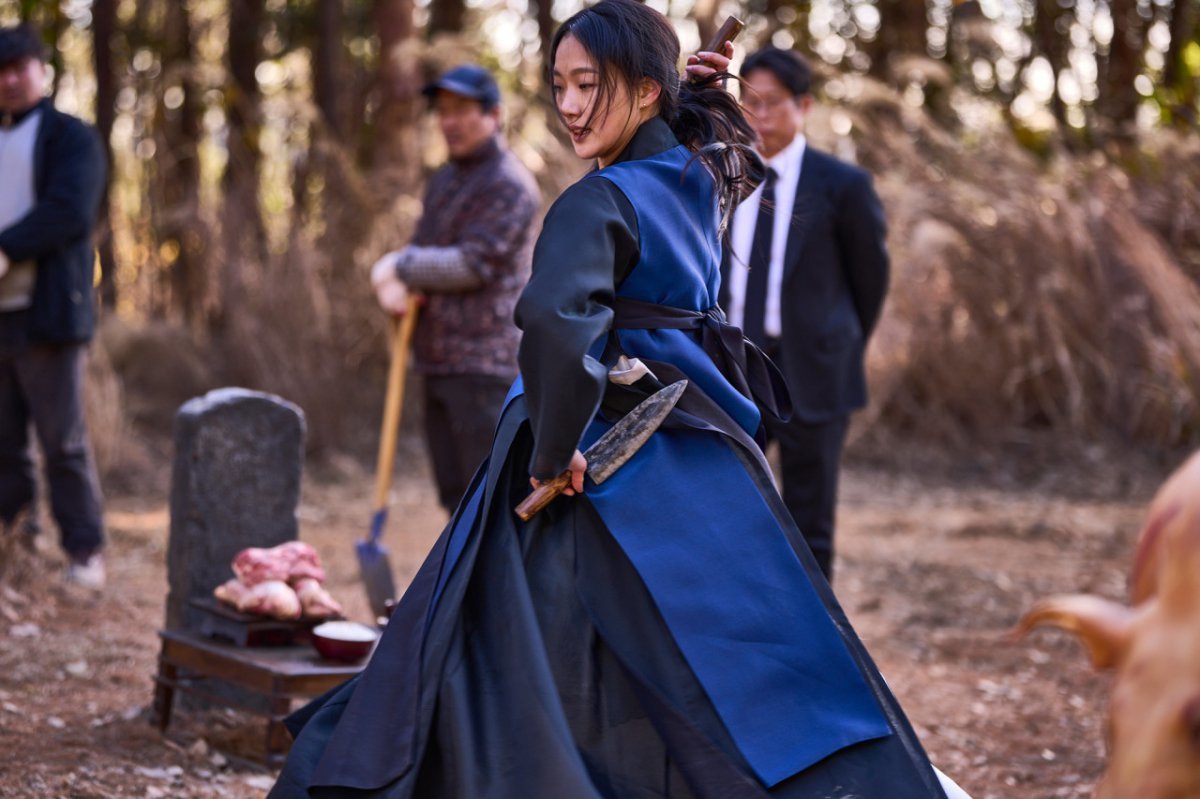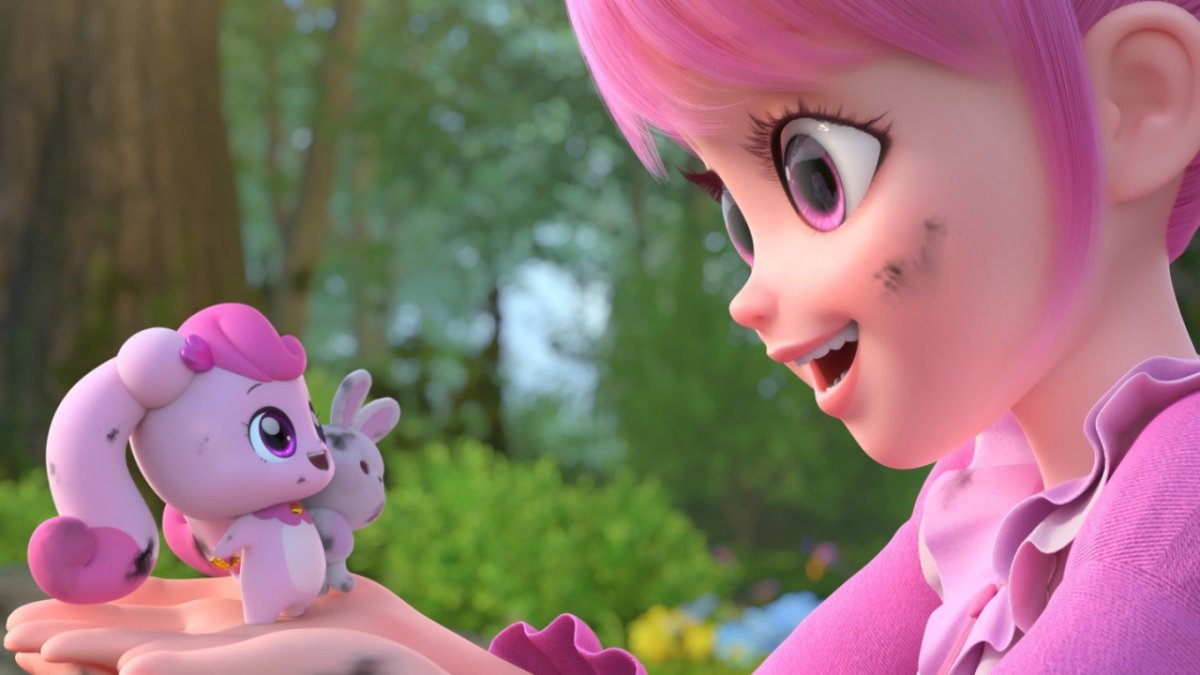[2024 Film Industry Settlement] No Laughs Even with 10 Million Movies… ‘Hachuping’ and Other Reversal Hits

Kim Go-eun, the star of the movie ‘The Grave’. Photo courtesy of Showbox
| Despite the mixed joys and sorrows, the status of K-content was solid. K-movies, which were hit the hardest since the COVID-19 incident, held out hope by producing two 10 million-viewer films this year, and K-dramas, which achieved globalization through global OTT, succeeded in solidifying their position more firmly with ‘K-romantic comedy’ as their weapon. K-pop has expanded its influence beyond Asia, North America, and now even to Europe and South America, solidifying its position as a ‘genre’. Here‘s a look at the K-content that received love from people all over the world this year, categorized into movies, TV dramas, and K-pop. |
Although ‘The Outlaws’ and ‘The Outlaws 4’ achieved the feat of attracting more than 10 million viewers, highly anticipated movies failed one after another, showing a stark polarization phenomenon where they were either ‘blockbusters’ or ‘failures’.

Still from the movie ‘The Outlaws 4’. Photo courtesy of Plus M Entertainment.
Despite the meaningful achievement of producing two films that reached 10 million viewers, the overall atmosphere of Korean films this year was dark. Among the 461 Korean feature-length commercial films (excluding independent and art films) released from January to November, the only films that broke even were ‘The Grave’ and ‘The Outlaws 4’, as well as ‘Pilot’, ‘The Escape’, ‘Handsome Guys’, and ‘Picnic’.
Highly anticipated films starring top actors such as ‘Wonderland’ (620,000 viewers) starring Tang Wei, Suzy, and Park Bo-gum, ‘The Architect’ (520,000 viewers), and ‘Escape: Project Silence’ (680,000 viewers) starring Lee Sun-kyun and Joo Ji-hoon failed to do well at the box office one after another.

Still from the animated film ‘Hatchuping of Love’. Photo courtesy of Showbox
On the other hand, ‘Im Young-woong│I’m Hero the Stadium’, which features Lim Young-woong‘s live concert, attracted 350,000 viewers to theaters, beating BTS’s ‘Love Yourself in Seoul’ (340,000 viewers) to set the record for the highest-grossing true-life concert film of all time.
Reporter Seungmi Lee smlee@donga.com

